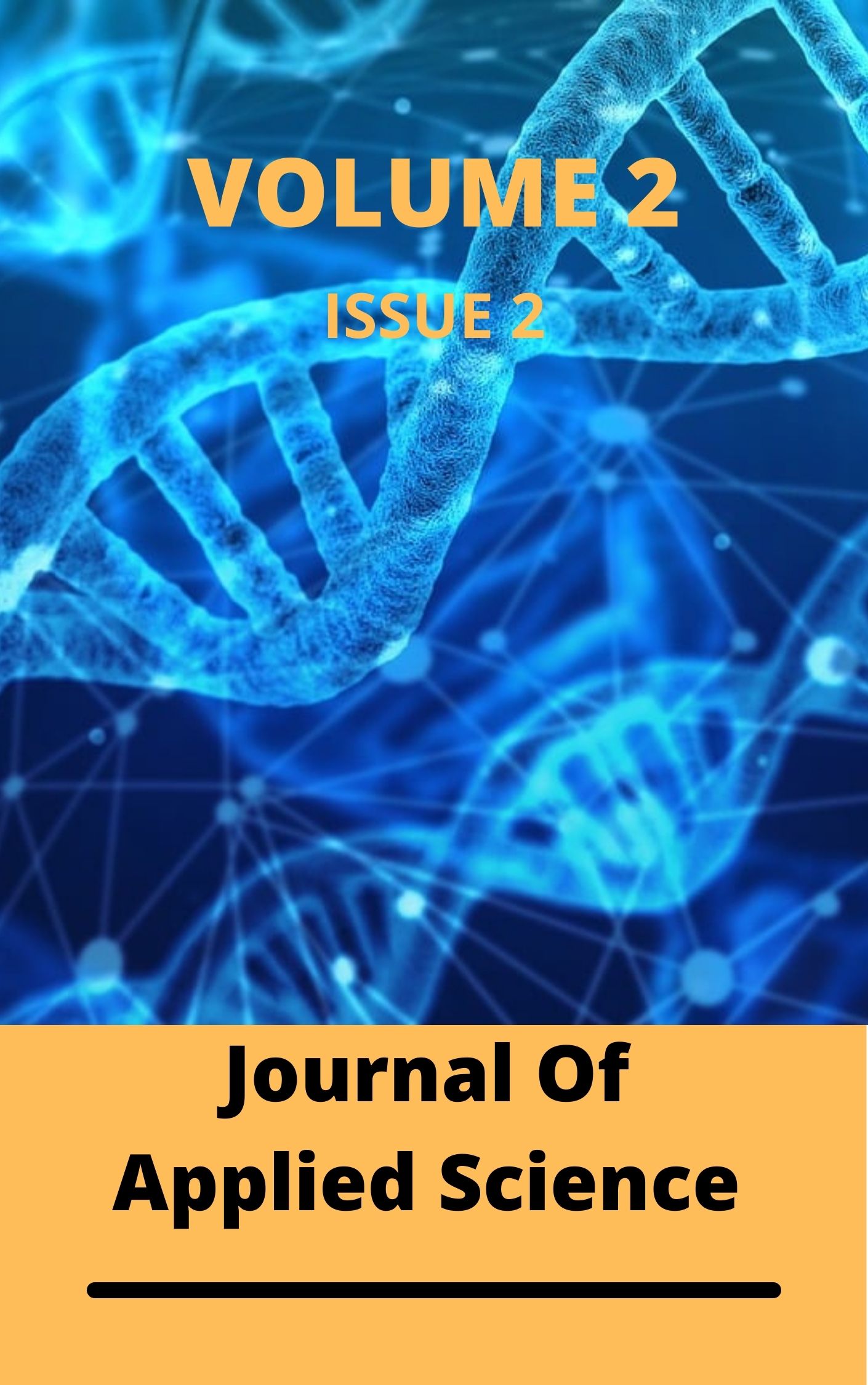COMPUTATIONAL DESIGN OF PYRIDYL-BENZALDEHYDE DERIVATIVES AS ECO-FRIENDLY CORROSION INHIBITORS: A DFT-BASED STUDY
Keywords:
Corrosion inhibition, Density Functional Theory , Pyridyl derivatives, Quantum chemical parametersAbstract
In modern times, the corrosion industries are intensively determined in the exploitation of ecofriendly inhibitors to substitute existing ones that are relatively toxic. Large number of organic compounds has been investigated as corrosion inhibitors. However, only a few Pyridyl derivatives have been investigated as corrosion inhibitors. This study employs Density Functional Theory (DFT) at the B3LYP/6-31G(d) level to evaluate the corrosion inhibition potential of eleven pyridyl- benzaldehyde derivatives. Quantum chemical parameters, including frontier molecular orbitals (HOMO, LUMO), global reactivity descriptors (electronegativity, hardness, softness), and local reactivity indices (Fukui functions), were computed to elucidate the adsorption mechanisms and inhibition efficiency. Results reveal that structural modifications, particularly the position of nitrogen in the pyridine ring and methoxy substituents on benzaldehyde, critically influence electronic properties. Molecules 9, 10, and 11 exhibited superior corrosion inhibition potential due to their high HOMO energies (-5.18 to -5.06 eV), low LUMO energies (-1.62 to -1.36 eV), and favorable electron transfer capabilities (ΔN = -1.075 to -1.123). Fukui indices identified nitrogen and oxygen atoms as active sites for donor-acceptor interactions with metal surfaces. Additionally, dipole moments (5.08–5.80 Debye) and molecular volume/area trends further corroborated enhanced adsorption for these derivatives. This computational approach provides a predictive framework for designing eco-friendly, high-performance corrosion inhibitors, emphasizing the role of heteroatom positioning and substituent effects in optimizing molecular reactivity.
